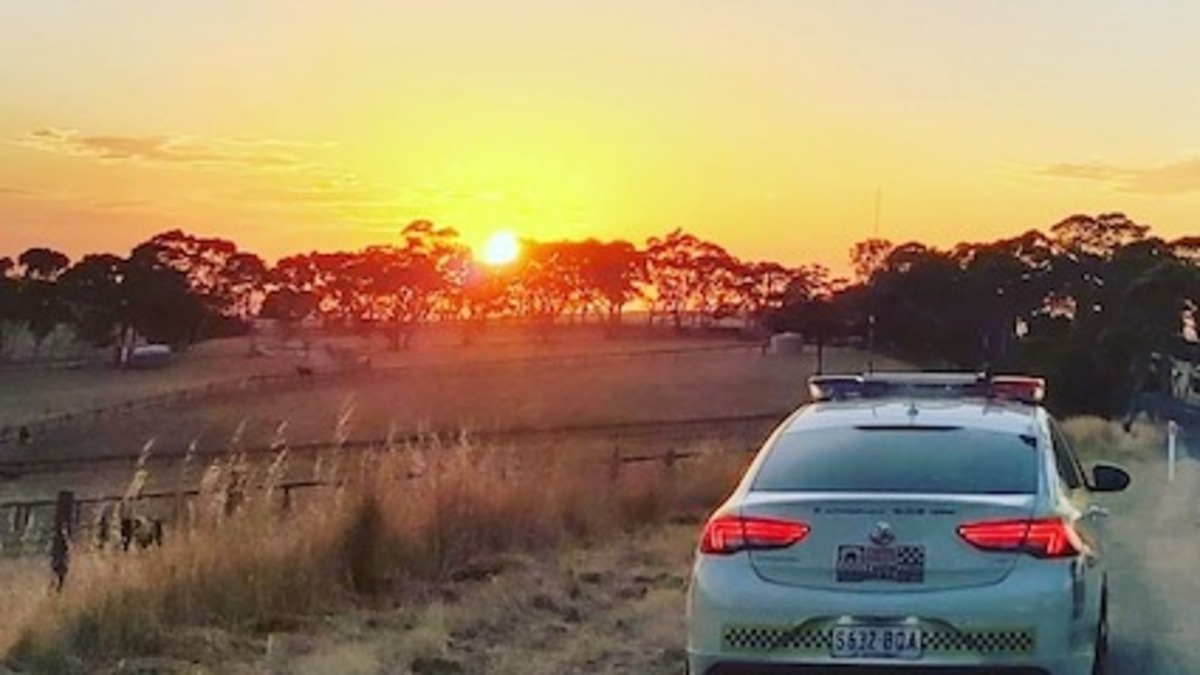Campaign urges regional drivers to stop dying
Julia Beckett
17 October 2021, 6:37 AM

“Out here, there are five things that’ll kill you”. That’s the dire warning from the likeable country bloke depicted in SAPOL’s newest road safety advertising campaign.
Designed to speak directly to South Australia’s regional community, the new campaign comprises seven emotionally charged TV commercials enacting the horrors of the fatal five and how they play out on the state’s regional roads.
At the centre of the campaign messaging is the alarming statistic that two thirds of the lives lost in regional crashes are those of people who live in regional areas.
“Nearly half of the people who have died on regional roads this year have resided 20km or less from where the collision occurred,” says Assistant Commissioner Ian Parrott from South Australia Police.
This statistic conflicts with the beliefs of regional residents who were surveyed for the development of the campaign.
“We conduct rigorous attitudinal research to inform the messaging and creative execution of every road safety campaign,” AC Parrott says.
“Overwhelmingly the research found that people living in regional areas believe it is metropolitan drivers who die on country roads. The common misconception is that drivers who know the local roads like the back of their hand are less likely to be involved in a fatal crash.
“Our aim with this campaign is to dispel that myth. We need regional road users to understand that they are as susceptible to the fatal five as anyone else.
Drink or drug driving, not wearing a seatbelt, excessive speed, distraction, dangerous driving - including driving when fatigued – are the behaviours killing people from our regional communities and it needs to stop.”
While only 30 per cent of South Australia’s population lives in regional or rural areas, an alarming 70 per cent of deaths happen on regional roads.
The campaign includes six 15-second commercials and one 30-second commercial and goes to air tonight (17 October) across regional, metropolitan and on demand TV stations.
The campaign will also appear in regional newspapers, on social media and digital platforms, on road side billboards and in pubs, clubs and road houses across the state.